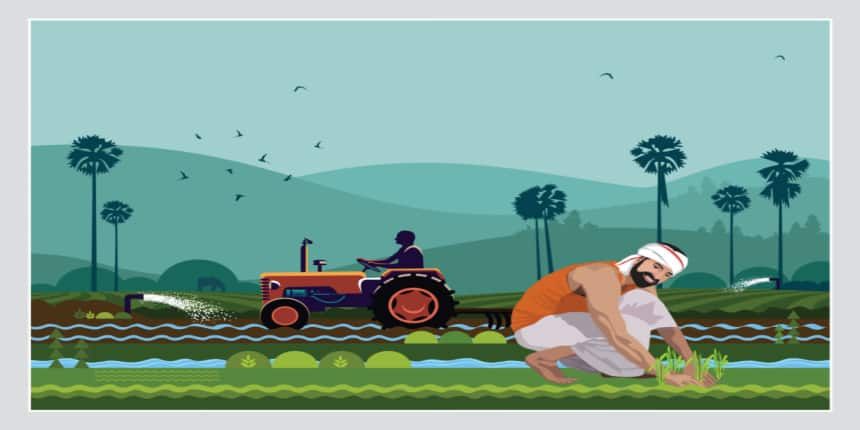CACP Full Form
What is the full form of CACP?
CACP is The Commission for Agricultural Cost and Prices. This is a joint venture between the Ministry of Agriculture and Farmer’s Welfare, the Government of India. It was formed in January 1965. The commission generally includes five members: one chairman, Member Secretary, one official member, and two unofficial members. It recommends the Minimum Support Prices( MSPs) of the Kharif and rabi crops which are notified to the Cabinet Committee on Economic Affairs. The MSPs help motivate the farmers to adopt various latest technologies to optimise the use of resources and increase productivity.
- What is the full form of CACP?
- Roles of CACP
- Crops recommended for MSP
- MSP Determination

Roles of CACP
It helps the farmers know the value of their crops.
It prevents the farmers from the debt cycle, as farmers know the fair value of crops.
CACP submits its recommendation through Price policy reports to the government annually.
CACP keeps the effects of the recommended price on the economy while making the reports.
The committee also makes surprise visits to the state to check the farmer's conditions, price fluctuations, and marketing products.
Crops recommended for MSP
S.no | Categories | Crops |
1. | Pulses | Gram, moong, tur, urad, lentils |
2. | Cereals | Wheat, maize, sorghum, ragi, paddy, millet, barley |
3. | Oil seeds | Sunflower, sesame, groundnut, rapeseed, soybean, niger seeds, safflower |
4. | Commercial crops | Jute, cotton, sugarcane, copra |
MSP Determination
The government buys the crops at MSPs even if the crop price goes down. After considering the recommendation of the CACP, the government decides on the MSPs. The department of agriculture implemented a scheme names price support scheme for oilseeds and pulses through NAFED (National Agricultural Cooperative Marketing Federation of India). When the price of pulses or oilseeds drops, NAFED buys it from farmers at MSP; hence it is a nodal procurement agency. The procurement prices are announced at the beginning of the sowing season.